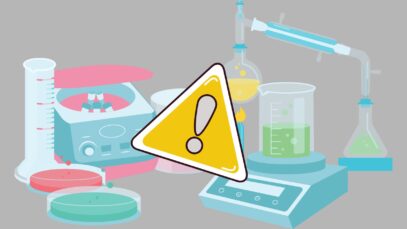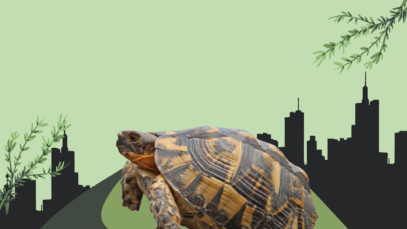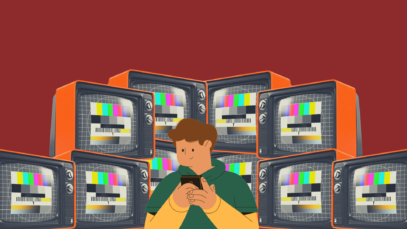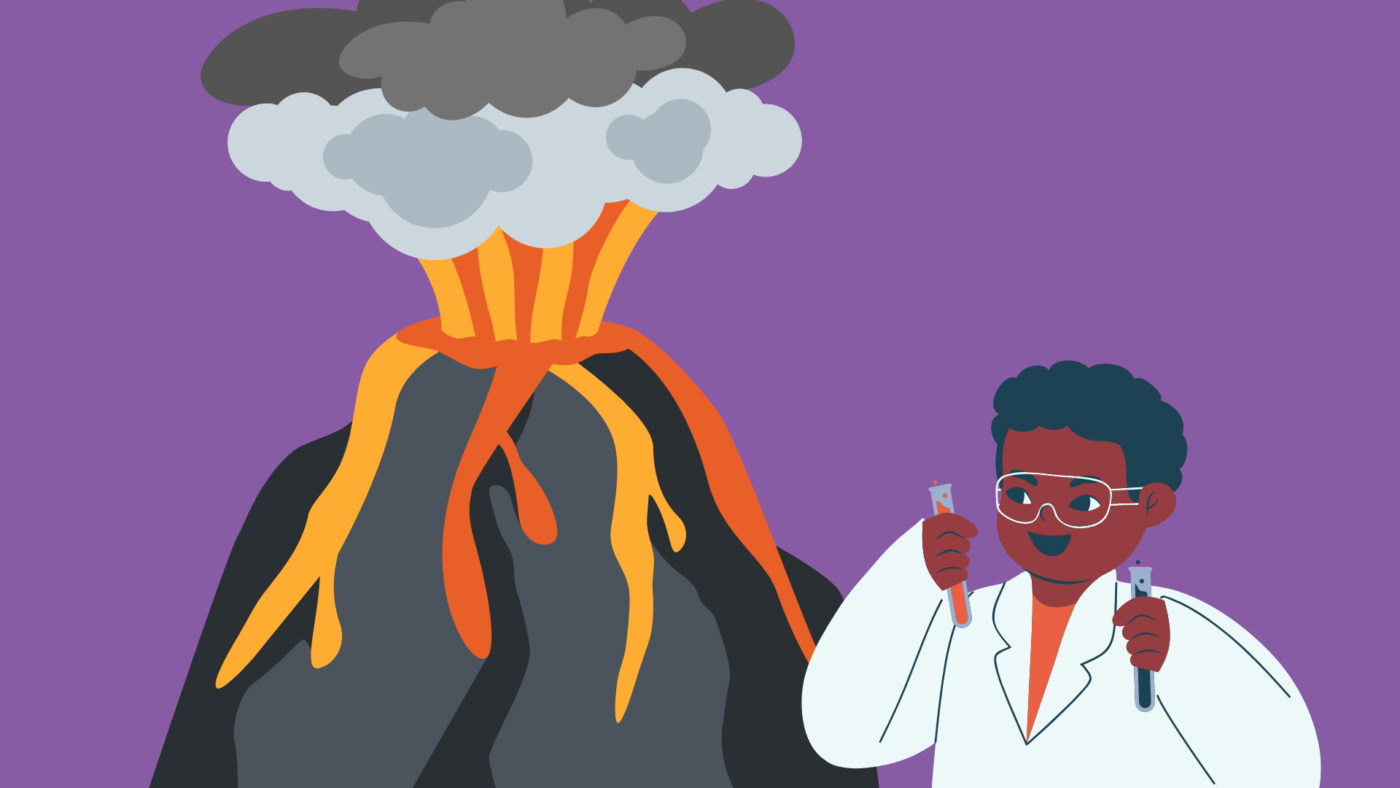
Build a volcano
Volcanoes are ‘portals’ to the warm and living interior of the Earth, but they are also dangerous. On La Palma, almost 3,000 buildings have been completely destroyed by the lava and thousands of people have been affected. Even the smallest volcanoes can have a global impact. For example, the small eruption of the Eyjafjallajökull volcano in Iceland grounded planes across Europe in 2010. These natural phenomena can destroy life in their path, but they also fertilize the land and give shelter to animals, such as the small talégalo maleo (Macrocephalon maleo), a species of hen from Indonesia that incubates its eggs taking advantage of the volcanic’s soil heat.
Volcanoes form where there are cracks in the earth’s crust. The Earth’s crust is the outermost part of the geosphere, the solid part of the Earth. Our planet has other layers underneath. The inner core, the center of the Earth, is made up of solid metals, iron and nickel at a temperature much higher than that of boiling water. Then there is the outer core, which is made up of hot but liquid metals. Surrounding the core is the mantle, which has both solid rocks that have melted and recooled and very hot liquid rocks called magma. This magma is what comes to the surface from volcanoes.

Normally, volcanoes are found where tectonic plates meet. The surface part of the Earth and the mantle are divided into large pieces, some twenty immense “floating” plates joined together as if they were the pieces of a gigantic puzzle. The study of these plates is known as the science of plate tectonics.
We do not realize it, but the earth’s surface is constantly moving. The continental plates, which fit together to form the Earth’s crust, move a little every year, a few centimeters. But the effects of these small displacements can be enormous, such as the formation of the Himalayan mountain range, the largest in the world. In fact, the mountain ranges of the Earth originated over millions of years by the thrust of the plates.
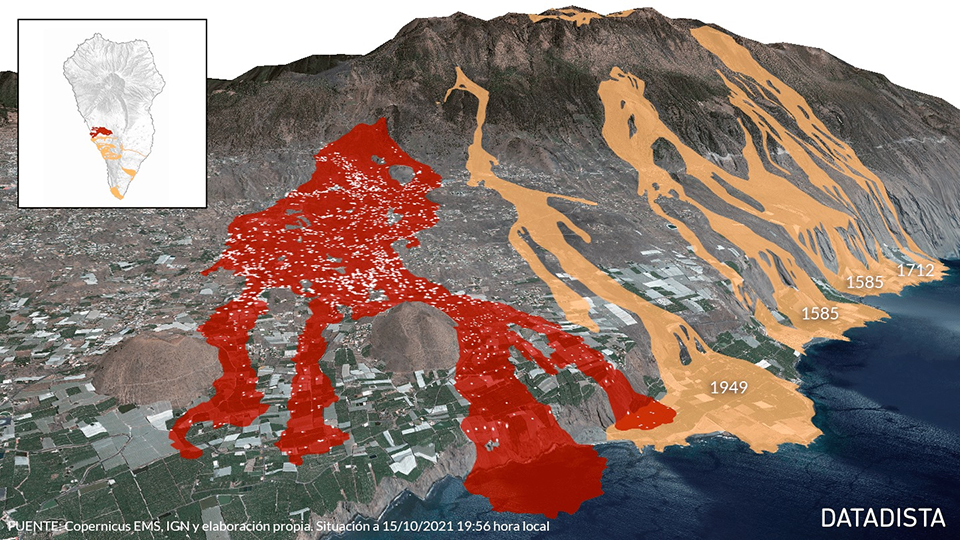
In red, 3D representation of the extension of the lava flows from the Cumbre Vieja eruption in La Palma that began the October 15th, 2021. In orange, the flows from previous eruptions that had already been used as cultivation areas . Data provided by Copernicus EMS and IGN, courtesy of the Volcanological Institute of the Canary Islands.
In volcanoes, liquid and incandescent rocks, gases and smoke come to the surface and pass through the earth’s crust. To learn, there is no way like experimenting. You can make your own volcano and cause an eruption of bubbling gases using vinegar and baking soda. How does the eruption occur? All chemical compounds are acidic, basic or neutral. When you mix an acid and a base, they neutralize each other and form new compounds such as water or carbon dioxide (CO2). This happens with vinegar (which is acidic) and baking soda (which is basic). CO2 is the gas responsible for the formation of bubbles that simulate the volcanic eruption. The chemical reaction will end when the reactants, or at least one of them, are consumed.
You will need:
A shoe box
Baking soda
Vinegar
Red colorant
Clay
A small glass
Wet sand
- Mold the clay to create the inside of the volcano. You can create just one main tube wide enough to fit your glass in the bottom, or add smaller tubes to it that will form the secondary lava flows of the volcano.
- Place the plasticine structure inside the box and put the glass with baking soda inside it.
- Cover the structure with the wet sand and shape the exterior of your volcano. Be careful not to cover the main opening or any secondary tubes you’ve created.
- Tint the vinegar with a few drops of red food coloring. When you want the volcano to erupt, pour the red vinegar into the glass with baking soda and walk away right away! Be careful when doing this experiment because you can mess everything up. Put on old clothes and ask the adults where you can place the box safely.
5 explosive facts about volcanoes
- One of the largest volcanic explosions occurred 30 million years ago in what is now the United States of America. A super volcano poured 3,500 cubic kilometers of magma over an area of 31,000 square kilometers, an area as large as all of Belgium.
- The 1815 eruption of Mount Tambora in Indonesia indirectly triggered a global cholera pandemic, the first US economic depression, and the publication of Mary Shelley’s novel Frankenstein. At least, so argues writer Gillen D’Arcy Wood. According to this theory, the cloud of sulfated dust from the volcano altered the planet’s climate for the next three years, affecting agriculture and having catastrophic effects on the population. To learn about the influence of volcanoes on the climate, the ice of the polar caps is studied and compared with other climatic information such as historical records, studies of sediments in rivers and lakes, fossilized shells of marine creatures or the density of tree rings.
- NASA trains astronauts for life on Mars at one of Hawaii’s active volcanoes, Mauna Loa. There, they live in a geodesic dome and must put on a space suit to get out.
- On other planets in the solar system there are also active volcanoes. Scientist Linda Morabito discovered the first active volcano outside of Earth in 1979, on one of Jupiter’s moons.
- Tourists from all over the world travel to Nicaragua to surf on the volcanic sand of Cerro Negro. Of course, with the mouth tightly closed so as not to swallow stones.
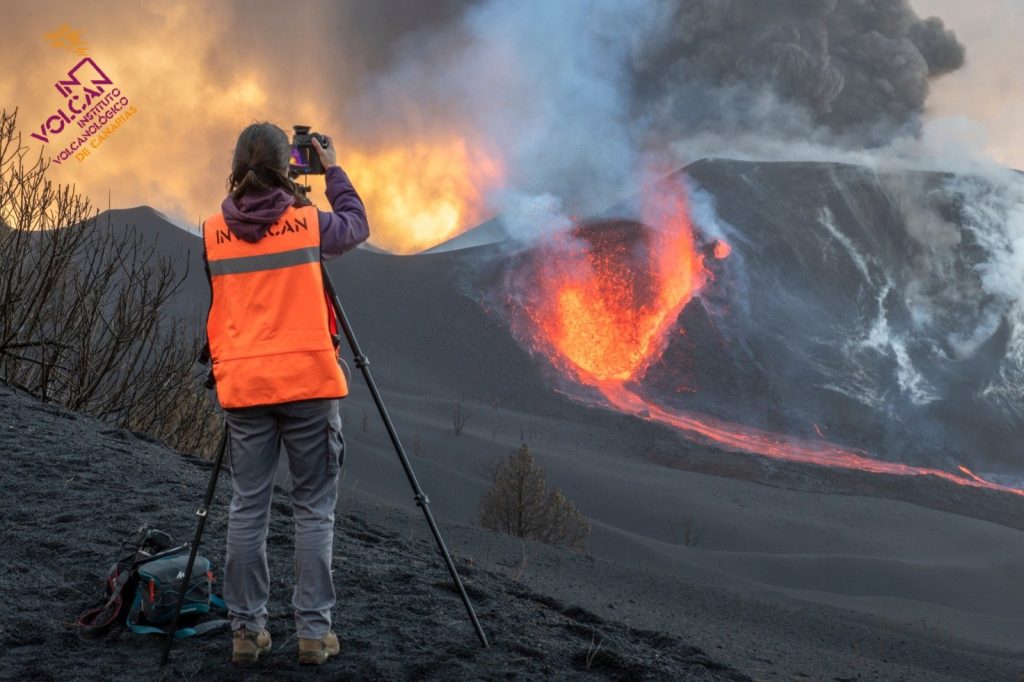
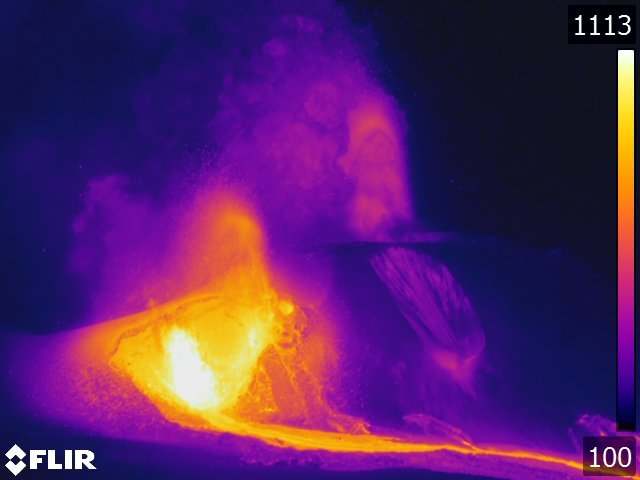
With the collaboration of Fundación Española para la Ciencia y la Tecnología-Ministerio de Ciencia e Innovación.

Did you like these activities? You have many more available, for young and old, in the special ‘Science in your living room



